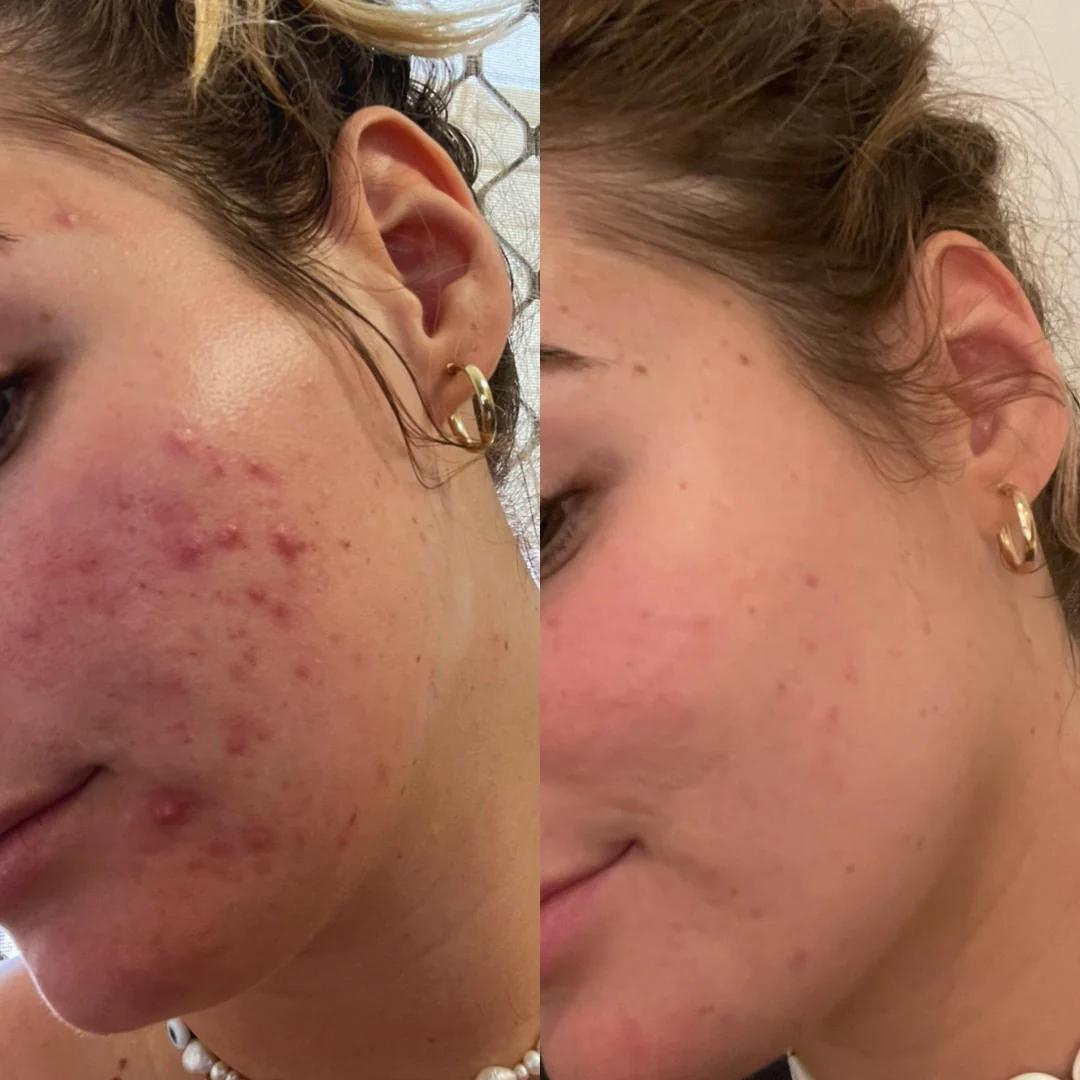Do you often experience nasty gut problems after eating certain foods? It might be bloating, wind, diarrhoea or stomach pain. Chances are, you may have turned to Dr Google who told you to stop eating all of these different foods and that will solve the problem. Well, we’re here to tell you to stop cutting out unnecessary foods (as they may not even be the problem) and to keep reading!
Experiencing these symptoms all the time can become exhausting and can put a big strain on your social life, confidence, romantic life and overall mood & wellbeing. It’s natural to want to find a quick & easy solution to escape these symptoms, but don’t go ahead and do exactly what google tells you to do. Why? Because you may end up avoiding foods that are great for your gut, such as wholegrains, certain vegetables and fruits. This can put extra strain on your gut and cause further issues down the road.
Another reason to not just cut out major food groups or limit particular foods, is because your symptoms actually have nothing to do with the food … We will explain further down! On top of this, it is possible that Irritable Bowel Syndrome (IBS) is the issue, so rather than foods being the culprit, it’s actually gut sensitivity that’s the problem.
You’ve probably seen or heard of those at home allergy/intolerance tests where you provide strands of hair, pop it in a return satchel that goes to a lab and in a few weeks time you get a report that tells you everything you’re allergic or intolerant to … yes? Well, unfortunately these tests have minimal evidence and efficacy to support them, therefore they are often a money grab and won’t give you the answers you need!
Even though this is disappointing, as such simple tests would make many people's lives far easier, there is an evidence-based way that will get to the bottom of the real issue. It is called the ‘3R Method’, which has been created by Gut Health Specialists and Doctors.
What is the 3R Method?
Record - you record your symptoms for 1-2 weeks in a diary or notepad. You must write down everything you eat and drink, and record any symptoms and events such as exercise, sleep and wake time, stress levels and mood (it all plays a part). The more detail you give and the more specific you get, the easier it will be to get on top of your symptoms ASAP. We also recommend rating your symptoms from 1-5, with number 5 being severe and 1 being mild. Be sure to record any sauces, spices and herbs included in the meal, as well as how it was cooked (fried, baked etc).
Restrict - If you have isolated one single culprit after recording it in your diary for 1-2 weeks, then it’s time to move forward with restriction. Choose a time that is convenient for you (avoid busy times with work, social life etc) as this will increase your chances of sticking to the restriction. If you do eat it by mistake, don’t worry, just continue on and know that you may experience those associated symptoms for the next few days. It’s very important to know where else you can get your nutrients from, if eliminating a particular food. We recommend writing down some easy alternatives for your food culprit and having these handy during the restriction phase, to ensure you’re not losing nutrients.
Note: If you feel there are multiple culprits and this is what the diary is pointing you towards, then we recommend consulting a dietician, as eliminating multiple foods at once is not recommended, nor healthy. In addition, if your culprit appears to be gluten or wheat, then it is best to consult your GP for testing of coeliac disease before excluding it from your diet entirely.
Reintroduce - This step will help you confirm if it really was that food causing your symptoms and that we didn’t wrongly accuse an innocent bystander … This point is extremely important and it is not recommended that you continue to restrict the food with no reintroduction phase. Why? Unnecessary restriction with food can cause malnourishment and a poor relationship with food. It can also impact your gut microbiome in not a great way!
During the reintroduction phase, it’s a good idea to try small, medium and large amounts of the culprit food. This will help understand your tolerance to the food. If you have a good tolerance to a small amount of it, then it is recommended to keep eating a small amount but avoid large amounts. If any amount of the food is troubling you and causing symptoms, then ensure you continue to nourish your body with nutritious alternatives.
What if you don’t respond to the 3R method?
If during the 3R method you don’t identify any triggers, it can be pretty disheartening (we know it’s a lot of effort!). We’re here to tell you that it’s not all bad and that there are actually a lot of positives from this. Firstly, it will help you to continue to enjoy foods that maybe you previously restricted, thinking they were the problem. Secondly, the noting of symptoms may have helped you understand that rather than foods being your trigger, it may actually be stress, anxiety, lack of sleep or emotional wellbeing. Thirdly, this may point towards something like IBS driving your symptoms, rather than particular foods/food groups. In which case, you can move forward with an IBS treatment approach in mind (check out our IBS focussed blog here).
~This blog is for informational purposes only, regardless of the advice of holistic health practitioners. This article is not, nor is it intended to be, a substitute for professional medical advice, diagnosis, or treatment and should never be relied upon for specific medical advice. Please obtain medical advice relevant to your particular circumstances from your health professional.
